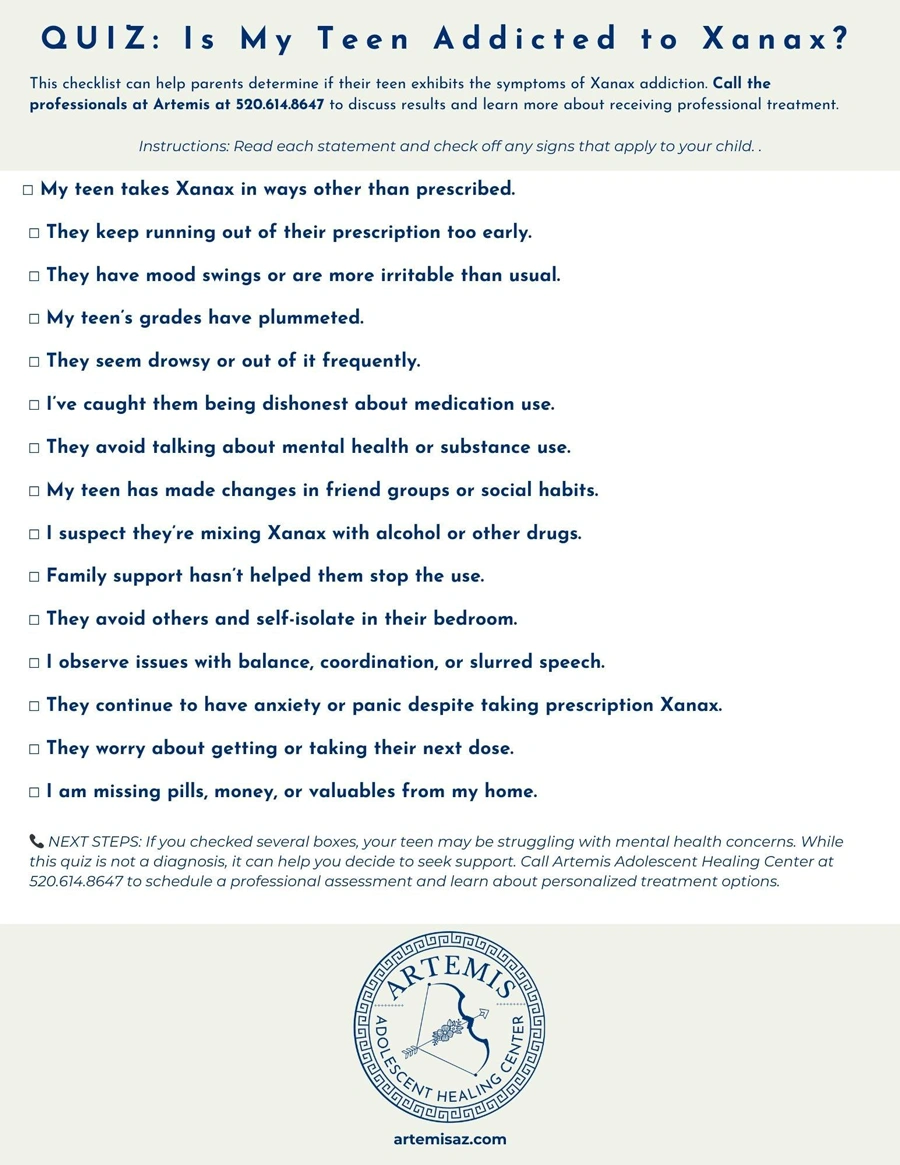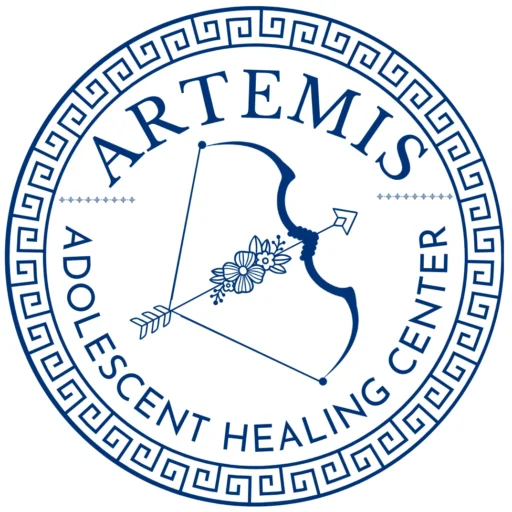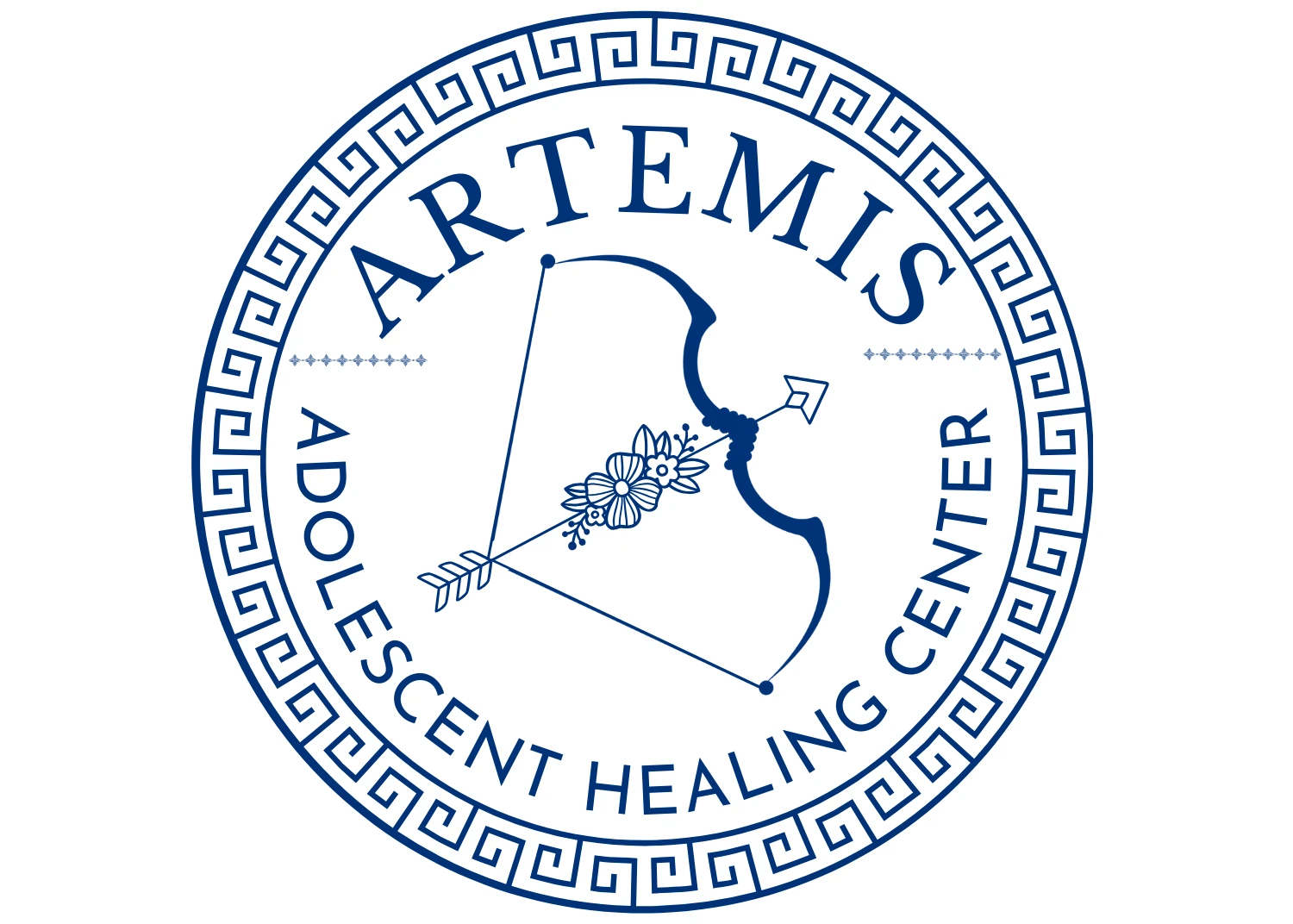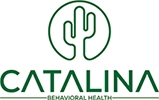Understanding Teen Xanax Use and the Risks of Substance Use
Even in the midst of teen Xanax addiction, it can sometimes be difficult for parents or caretakers to recognize that this potent benzodiazepine has become an issue. One reason is that it is a legal prescription medication, typically prescribed to treat anxiety in adolescents. What starts out as taking a commonly prescribed medication with helpful calming effects can easily turn into dependence.
As a parent, understanding the signs of Xanax abuse and knowing when it’s time to seek guidance from a professional treatment center can make a difference in breaking the mental and physical dependence on the drug.
Artemis Adolescent Healing Center, our JCAHO-accredited drug abuse recovery facility in Tucson, provides teen clients with compassionate, evidence-based treatment to overcome addiction.
Excessive Xanax use for an extended period of time often forms a diagnosable substance use disorder and poses serious health risks. If you’re a concerned parent, then we invite you to keep reading. This resource guide will help you spot the signs of a teen misusing Xanax.
And remember, for immediate support, feel free to reach out at any time to our caring staff for immediate, confidential treatment options and assistance.
Get Effective Detox and Rehab Options at Artemis
Why Do Teens Turn to Xanax for Anxiety Attacks?
Teens today face enormous pressure – academics, the social media spotlight, and finding themselves while also pleasing family members. Medical professionals often prescribe Xanax to decrease anxiety and panic attacks.
The National Institute of Health recognizes Xanax, a benzodiazepine drug, for its efficacy in reducing anxiety and panic disorders. Xanax works by calming the central nervous system quickly. While acknowledging its benefits, NIH also expresses concern about its drawbacks, particularly when prescribed by family physicians who do not also insist on counseling services to address negative thought patterns.
While this medication can be a tool for better mental health, it only offers temporary relief from the racing thoughts and excessive worry associated with anxiety disorders.
When some teens learn that Xanax gives them almost immediate relief, they start taking more Xanax – in higher doses or more frequently than prescribed – to feel the same effect. The higher doses can start harming how they manage daily life, eventually leading to mental and physical health challenges.
What are the Symptoms of Xanax Addiction Every Parent Should Know?

It is critical for parents of teens to recognize the earliest symptoms of Xanax addiction. Teens usually shift their behaviors or make noticeable changes to their habits. Here are some things parents should be aware of:
Common Emotional and Behavioral Symptoms of Xanax Addiction
The emotional and psychological changes are sometimes the physical and mental health signs an astute parent will notice in a teen struggling with benzodiazepine addiction:
- A sense of detachment
- Lack of motivation
- Seems sluggish or tired during the day
- Slipping grades
- Lack of interest in hobbies or family activities
- Lying about where they’ve been or who they were with
- Stealing money
- Loss of emotional regulation, with regular outbursts or arguments
- Drug-seeking behaviors, like meeting dealers for street drugs
- Risky behaviors, such as driving while impaired
Identifying substance use disorder early allows for professional help to replace Xanax use with healthy coping mechanisms.
Physical Signs of Teenage Xanax Abuse Parents Should Watch For
The physical signs of Xanax abuse are more subtle at first, growing more pronounced the longer they use Xanax:
- Slurred speech
- Reduced coordination
- Frequent drowsiness
- Slower breathing
- Dizziness
- Headaches
- Nausea
Some of these symptoms are the direct result of taking Xanax; others are among the first signs of benzo withdrawal, starting a few hours after the last dose.
How Xanax Addiction Affects Teen Mental Health

Xanax is a highly addictive medication with serious mental health implications. It can worsen the existing mental illness, usually anxiety disorder. However, long-term Xanax use can also increase depression and moodiness and lead to substance use disorder.
A diagnosable substance use disorder happens when a teen becomes addicted to Xanax or other drugs. These disorders lower their ability to think clearly and make good decisions. Moreover, they interfere with relationships, school performance, and general mental well-being.
Teens taking Xanax are at a higher risk for future mental health challenges. It is worth taking the time now to address the drug use to set a teen up for adult sobriety.
The Dangers of Mixing Xanax with Other Substances
Xanax is particularly dangerous when adolescents combine it with alcohol, opioids, or other central nervous system depressants. They don’t always understand that the combined effect slows their respiratory system and can be life-threatening.
As a parent, it’s important to recognize that “partying” with peers or experimenting with substance use can lead to overdoses or other medical emergencies. Talk to your teen about drug use; don’t be afraid to call a counselor for help leading the conversation.
When to Seek Professional Help at Our Teen Treatment Center

Is it time to seek guidance from professional mental health professionals like those you’ll find at Artemis? Our assessment quiz can help you decide if it’s time to find a specialist in treating Xanax addiction.
Feel free to print this resource out, checking all boxes that apply. It’s important to understand that these symptoms of Xanax addiction may overlap with other addictive drugs; an honest, non-judgmental conversation with your teen can be beneficial.
Our team is just a quick phone call away. Whether you have questions about your child’s Xanax addiction or you wonder how your health insurance will cover treatment costs, we’re here to help.
What to Expect from Adolescent Xanax Addiction Treatment
At Artemis, we understand that teenagers are not adults. Their still-developing brains are impacted by Xanax addiction differently than a fully matured brain. They may carry trauma or experience intense peer pressure; every teen’s situation is unique.
We use evidence-based techniques and therapies designed for adolescents to address the underlying causes of addiction and treat them holistically.
Get Accredited Treatment Programs at Artemis
Our Evidence-Based Xanax Treatment Programs
Our mental healthcare professionals use proven methods to address root causes along with teaching better coping strategies. Teens leave our drug-free environment with better tools for managing daily life and better interpersonal effectiveness.
Our team believes that every troubled teenager deserves the chance to receive Xanax addiction treatment in a safe and supportive place. We provide each teen with individualized addiction care, including family involvement and trauma-informed treatment.
Inpatient Xanax Rehab for Teens vs Outpatient Xanax Rehab for Teens

The majority of teens seeking Xanax addiction treatment find our outpatient programs the most efficient. With outpatient services, teenagers can attend school during the day, attend Xanax addiction therapy sessions in the evening, and sleep at home each night.
Following this routine establishes the guide rails needed to succeed in ongoing treatment, usually lasting for several weeks to a few months.
Inpatient care, or residential treatment, is the highest level of Xanax addiction treatment. It’s reserved for teens with severe mental health challenges that co-occur with addiction or those who may harm themselves or others.
Avoiding Dangerous Withdrawal Symptoms from Xanax
Benzodiazepine withdrawal symptoms are unpredictable, ranging from moderate discomfort (body aches, cravings) to life-threatening (seizures).
A medical detox program can monitor vital signs and withdrawal symptoms to ensure that each client receives the right level of support for a smooth transition into counseling services after coming off of Xanax.
Medication Management Services for Teens in Recovery from Xanax Abuse
Some teens benefit from carefully managed prescription medications during their Xanax addiction treatment.
Our professionals ensure each client receives medications that are safe, necessary, and support long-term Xanax addiction recovery.
Attending Therapy Sessions
Cognitive-behavioral therapy sessions are the gold standard in helping those in Xanax addiction treatment change negative thought patterns. Our therapists dig to the root of the anxiety disorder to learn how they can best address it and support healing.
They then work on coping skills and activities that have a calming effect on anxiety to avoid Xanax addiction. Besides individual therapy, sessions involving family members are a likely part of the addiction treatment plan.
Aftercare Program Planning to Prevent Relapse

Recovery requires ongoing support. A well-rounded aftercare program includes multiple strategies to avoid taking illicit Xanax in the future.
Some components include weekly support groups, setting personal goals, trying sober-living activities, and building a solid network of supportive loved ones.
Up To 100% of Rehab Costs Covered By Insurance
Get Your Child Support for Xanax Abuse at Artemis Today
Are you prepared to help your teen stop taking Xanax or other benzodiazepine drugs?
You do not have to forge ahead alone. The entire staff at Artemis Adolescent Healing Center is here to provide professional guidance as your teen overcomes Xanax addiction. We are here to help restore hope for you, your adolescent, and your entire family.
Call us today – it’s free and confidential. We are glad to discuss Xanax abuse issues and how we can promote a path to less anxiety without benzodiazepines for your child. All calls are confidential, so please reach out for proven support options with us now.






